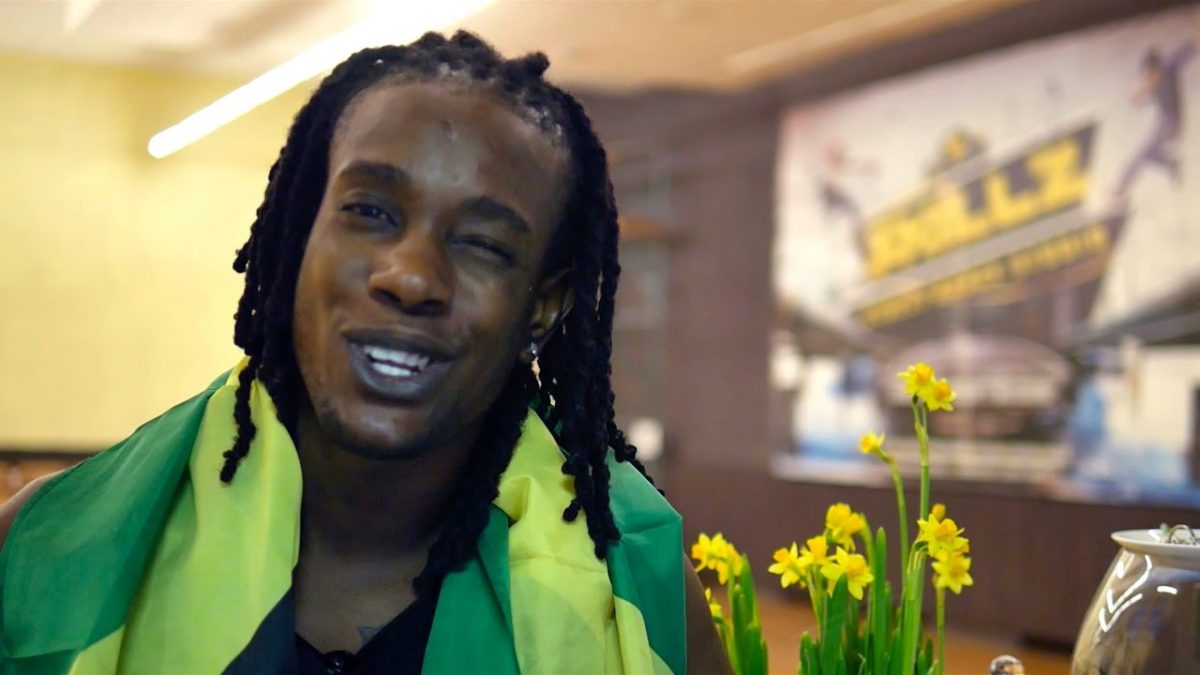Kool Ravers Wants To Protect Dancehall Dancers From Being Exploited Internationally

It’s time to copyright dancehall moves so that dancers aren’t exploited and their dances aren’t stolen. This is the call being made by Chevoy Grant, who is best known as Kool Ravers of the Ravers Clavers dance crew.
He is also asking for help from the relevant authorities to help dancers secure their trade. The issue came up after he claimed in a Jamaica Star interview that a variation of his dance craze, Fling was used in the Christmas advertisement for British clothing company, Mark and Spencer. The ad does have an uncanny resemblance to the dancer’s move. See the ad below:
The move is described as the shoulder roll for the ad and is done throughout the commercial.
He is quoted as saying in Jamaica Star that: “people have been telling me it looks like it (Fling) but it’s just something close and I should be careful. When I see dem pass the first variation (there are four variations of Fling) and into the other three throughout the entire commercial, me a say no man, this is definitely Fling,” he said.
He goes on to claim that a Jamaican man who lives in England assisted with the choreography. This is what he said gets him even more upset.
“We need to try and see as an industry how we can clamp down on things like these and we affi start by securing our creations in law. I don’t think I’m the first person this happen to and I know I won’t be the last. Me know say Fling did a go big and I wished that there was something in law to say that if yuh use this move or any variation of it, you’re breaking the law. I been searching and all I been hearing is that it (licensing) a dance move is difficult to do. I don’t know if anyone has ever done it before, but it shouldn’t be so hard. Dancehall could really benefit if the creations were being protected. There is a lot of money being generated from our culture every year and dancehall is still not benefiting,” he continued.
In general it’s almost impossible to copyright dance moves but you can copyright dance choreography. According to the US Copyright Organisation, Choreography is subject to copyright.
Common elements of choreography include:
- Rhythmic movements of one or more dancers’ bodies in a defined sequence and a defined spatial environment, such as a stage
- A series of dance movements or patterns organized into an integrated, coherent, and expressive compositional whole
- A story, theme, or abstract composition conveyed through movement
- A presentation before an audience
- A performance by skilled individuals
